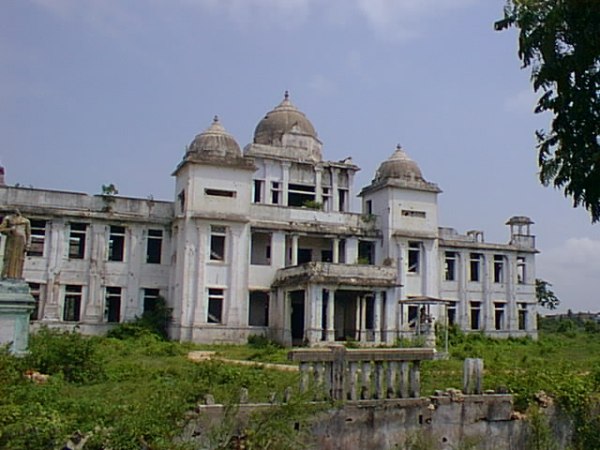History of Jaffna Public Library
A Legacy of Knowledge, Rebuilt Through Resilience
The Jaffna Public Library, a cornerstone of Tamil cultural heritage in Sri Lanka, was officially placed under the administration of the Jaffna Town Development Board on 1 January 1935.
Before this, the library began as a modest initiative in August 1934, housed in a small rented room on Hospital Road, Jaffna, with a collection of 844 books and approximately 30 newspapers and magazines. As the collection expanded, necessitating more space, the library was relocated in January 1935 to a rented building on Main Street, Jaffna.
Mr. Sam A. Sabapathy, who served as the first Mayor of Jaffna, demonstrated remarkable dedication in modernizing the Jaffna Public Library. Under his leadership, the library evolved from its humble origins into a thriving centre of learning, setting the stage for its emergence as one of South Asia’s most distinguished institutions. It connects his leadership to the broader transformation of the library—from modest beginnings to a prestigious cultural landmark.


In 1952, Mr. Sam A. Sabapathy founded the Jaffna Central Library Association, and Reverend Father Long, then Principal (Rector) of St. Patrick’s College, Jaffna, was appointed Vice-Chairman, solidifying their visionary partnership in advancing the library’s growth.
Rev. Father Timothy M.F. Long journeyed across numerous countries, tirelessly soliciting donations to build a permanent home for the Jaffna Public Library. His persuasive efforts secured generous support from dignitaries such as the American Ambassador Philip K. Crowe and the British High Commissioner Sir Cecil Sayers, laying the financial foundation for the library’s enduring legacy.
Upon completion of the first phase of construction, the new library building was ceremoniously inaugurated on 11 October 1959 by Mr. Alfred Duraiyappa, then serving as Mayor of Jaffna, marking a proud moment in the city’s cultural heritage.
Numerous distinguished scholars and generous well-wishers contributed their invaluable books and manuscripts to the library, enriching it with a wealth of knowledge and securing its status as a hallowed repository of Tamil cultural heritage.
1st June 1981, The Destruction Day
Tragically, in May 1981 (the early morning of 01st June, 1981), the library was destroyed in a deliberate act of arson during a period of ethnic unrest, resulting in the loss of invaluable literary and historical materials. The incident remains a poignant symbol of cultural loss for the Tamil community.
The Jaffna Public Library—once a revered cradle of scholars, thinkers, and educators—was reduced to a smoldering ruin, inflicting a wound not just on the Tamil community, but on civilized societies across the globe.
Even Sinhalese scholars lamented the loss. H.A.I. Goonetileke described the gutted library as “a grim testimonial to savage and bestial tendencies of communal hate,” while Reverend Father H.S. David reportedly died of shock after witnessing the conflagration.
After enduring years of political crises and deliberation, the Jaffna Public Library was finally reopened to the public on 23 February 2004, granting students and citizens access to its restored reading halls.
- The library’s rebuilding process began in 1998 under President Chandrika Kumaratunga, with contributions from both local citizens and international benefactors.
- Despite political tensions that even prompted mass resignation by all 21 members of the Jaffna Municipal Council, led by Mayor Sellan Kandian, the library was eventually allowed to open to the public.
- According to local historical accounts, the library quietly reopened its doors on 23 February, focusing initially on supporting students preparing for exams, though it lacked a formal ceremony.
